May 1, 2008-2009
Yemen
South Yemen Secessionist Movement
Share
ACTIVISTS/ACT.GROUPS/DESCRIPTION OF THE GROUP
Al-Hirak "the southern movement," Southern military officers, most of the population in the South
TARGET
Central Yemen Government
WIDELY HELD BELIEF
Nations seeking independence have the right to secede.
CASE NARRATIVE
Issue and Opponent: In Yemen, longstanding North-South divisions laid the foundation for the rise of the Southern Movement. Although the majority of the Yemeni people are ethnically Arab, Northern and Southern Yemenis claim different ethnic heritages. In 1839, the British colonized Southern Yemen. The Ottoman Empire held influence over Northern Yemen, and, in 1904, the British imperialists and the Ottomans signed a treaty to formally divide Yemen into two states. North Yemen became independent after World War I, and, by 1962, the Yemen Arab Republic was established. In 1967, the British relinquished their colonial hold, and South Yemen became the People’s Democratic Republic of Yemen. In 1990, the Northern Yemen Arab Republic and the Southern People’s Democratic Republic of Yemen underwent a troubled unification process to become the modern Republic of Yemen. The unification exposed the stark differences between the populous North with its market economy and the rural, socialist South. A War of Secession broke out in 1994 when southern forces attempted to regain southern independence, but it ended in defeat after two months. By the late 1990s and early 2000s, economic issues, political marginalization, and a crisis of national identity led to widespread discontent among southern Yemenis. Although the population of Northern Yemen was nearly five times that of rural Southern Yemen, the central government rejected calls for decentralization of power and increased local control in the south. Many Yemenis accused President Ali Abdullah Saleh of exploiting the resources of the South while discriminating against its people. Local councils of elected officials lacked the necessary resources to carry out their proposed projects. In 2001, a group of dignitaries from Southern Yemen traveled to the country’s capital of Sanaa to express their grievances to President Saleh in a letter. President Saleh refused to respond to their demands. Although the Southern Movement began in 2007 as a loosely-organized umbrella movement for equality between the North and the South and increased local control, by late 2008 it had transformed into a full-fledged secessionist movement calling for southern independence from the Republic of Yemen.
Dilemma Action: In 2007, the Southern Movement (al-Hirak) began when former military officers gathered in weekly protests in towns and cities across the region. The southern officers had been forced into early retirement after the 1994 War of Secession and received only meager pensions to live on. Thousands of Yemenis joined the military officers in protest and the demonstrators staged sit-ins, strikes, and marches. Students, professionals, and civil servants participated in the protests. Movement leaders emphasized the importance of their nonviolent approach in distinguishing themselves from other rebel groups active in Yemen, especially al-Qaeda and al-Houthi. At the sit-ins, protestors demanded Southern independence and secession. In 2009, protesters began to wave the flag of the pre-1990 South Yemen, expressing their desire for a new independent southern state. The widespread protests in Southern Yemen created a dilemma for President Saleh’s government. The government was forced to choose between allowing the protests to continue and drawing international attention to the plight of Southern Yemenis, or brutally suppressing the uprisings and risking condemnation.
Outcomes: President Saleh’s government met the Southern Movement with violence and repression. On Yemen’s October 14th holiday in 2007, security forces shot and killed four young men during a protest. In early 2008, government forces killed dozens of protesters during demonstrations in Yemen’s southern provinces. Many protesters, activists, and journalists were arrested and held as political prisoners. Authorities harshly restricted freedoms of assembly, speech, and the press and detained the leaders of the Southern Movement. Although the Southern Movement did gain international attention, especially due to the human rights abuses against protestors, by 2011, media attention was drawn elsewhere to the Arab Spring protests unfolding across the Middle East. The Southern Movement was never successful in rebuilding an independent state in Southern Yemen. In 2014, Yemen further descended into chaos when a civil war broke out between Iran-backed Houthi rebel forces and the Saudi-led coalition of Arab states. The 1994 War of Secession was a previous attempt by Southern Yemenis to secede from the Republic of Yemen and bring back an independent southern state. The war lasted from May 1994 through July 1994 and southern secessionist forces were quickly defeated. The 2007 Southern Movement was part of this larger campaign for southern independence from Northern Yemen.
PRIMARY STRUGGLE/GOAL
NONVIOLENT TACTICS USED
DA TACTICS USED
Declarations of indictment and intention
CASE NARRATIVE WRITER
SUCCESS METRICS
7 / 12
(EREP) Dilemma action got replicated by other movements
(MC) Media Coverage
(MSYMP) Media coverage was sympathetic to the activists
(OR) Opponent response
(REFR) Dilemma action reframed the narrative of the opponent
(RF) Dilemma action reduced fear and/or apathy among the activists
Artivism
PART OF A LARGER CAMPAIGN
1 / 3
Activist group continued working together after the action
RESOURCES
Project documentation
Dilemma Actions Coding Guidebook
Case study documentation
Dilemma_Actions_Analysis_Dataset
SOURCES
Southern Hirak. “About the Southern Movement (Al-Hirak),” Retrieved July 22, 2023. (https://www.southernhirak.org/p/abouthirak.html).
Day, Stephen. 2010. “The Political Challenge of Yemen’s Southern Movement,” YEMEN: ON THE BRINK
A Carnegie Paper Series. Retrieved July 22, 2023. (https://carnegieendowment.org/files/yemen_south_movement.pdf).
Robinson, Kali. 2023. “Yemen’s Tragedy: War, Stalemate, and Suffering,” Council on Foreign Relations. Retrieved July 22, 2023. (https://www.cfr.org/backgrounder/yemen-crisis).
Dahlgren, S. 2008. “The Southern Movement in Yemen,” ISIM review. Retrieved July 22, 2023. (https://helda.helsinki.fi/bitstream/handle/10138/25296/ISIM_review_22_50_1.pdf;sequence=2).
Global Nonviolent Action Database. “Southern Yemenis protest Yemeni central government, 2007-2009,” Retrieved July 22, 2023. (https://nvdatabase.swarthmore.edu/content/southern-yemenis-protest-yemeni-central-government-2007-2009-rrrr-rewrite).
Related cases
Oct 1, 1997-1999
United States of America
University students across the country began pressuring their university’s administration after discovering they did not implement or enforce any labor codes wit...
/
Sep 20, 1932-1932
India
This protest was against the segregation politics of the British rulers in India, whose motto has been to divide and rule. After the Round Table Conference of 1930-32,...
/
Apr 1, 2014-2014
India
Densely populated Delhi, India, has a considerable sanitation challenge. This is particularly noticeable in South Delhi, where despite having a more affluent populatio...
/
Subscribe to our newsletters to get full access to all materials on our website.

